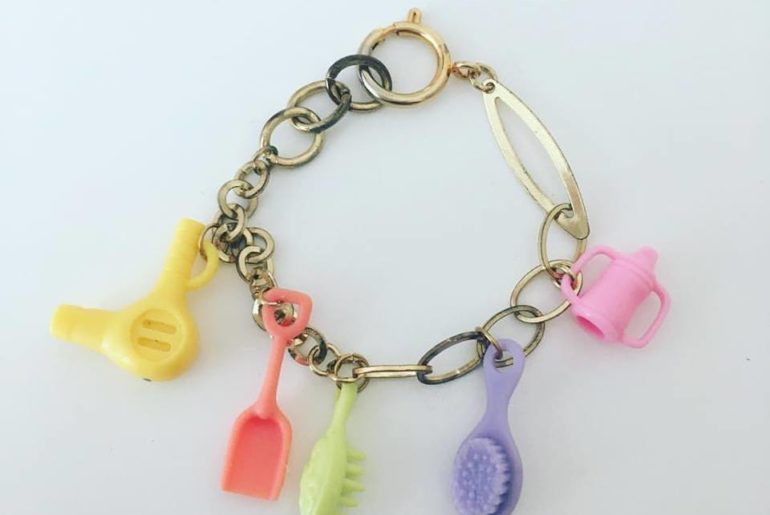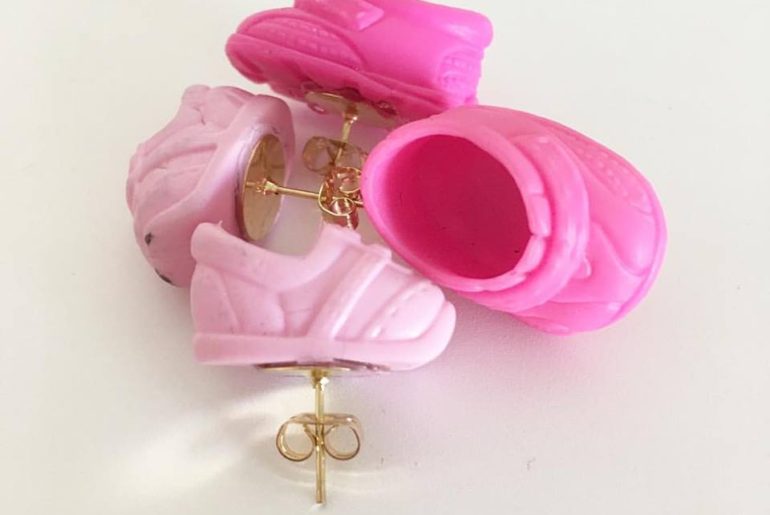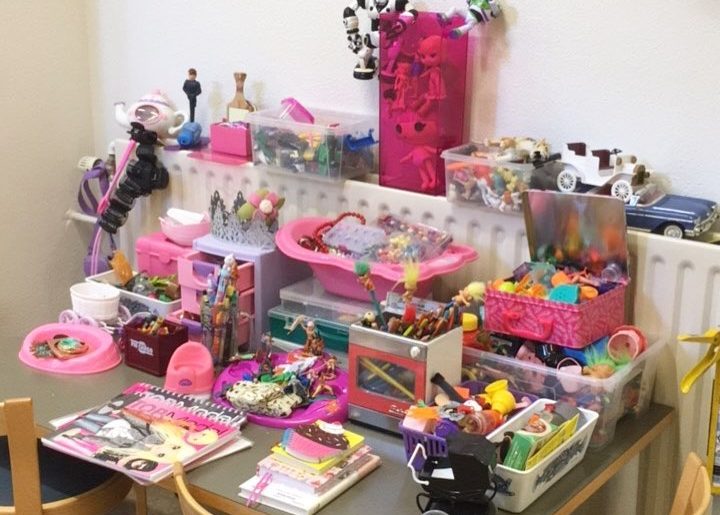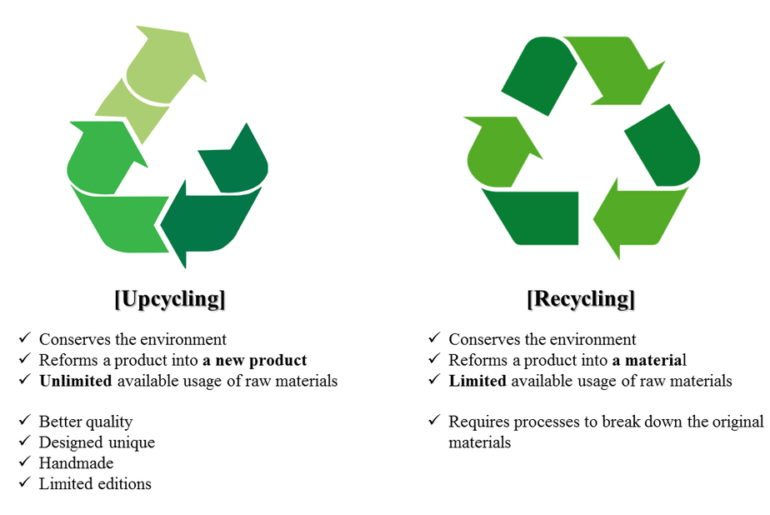Barbie is pure plastic, all those tiny little shoes, hairdryers etc. If they haven’t all gone into your vacuum cleaner by the time your kids are over playing with them, use them to make cute jewellery! Upcycled Barbie necklaces and bracelets are just so cute you’ll be fighting over who gets to wear them.
What to do with all the small plastic toys? Make some jewellery!
Start by getting super glue and jewellery making items, any hobby store will have them. It is super easy to glue earring backing on barbie shoes, or make broaches by gluing on small toys.
 The earrings don’t have to match, you can have a shoe on one side and a tiny book on the other, kids love quirky earrings. If you’re making them as a gift for grandma then maybe make them match. You can also buy clip-on earring bases at the crafting store so that your kid can wear them. You can of course make rings using the same method. You will also find ring bases at your local crafting store.
The earrings don’t have to match, you can have a shoe on one side and a tiny book on the other, kids love quirky earrings. If you’re making them as a gift for grandma then maybe make them match. You can also buy clip-on earring bases at the crafting store so that your kid can wear them. You can of course make rings using the same method. You will also find ring bases at your local crafting store.
Kids love to upcycle, they can look at something and imagine it as something entirely different. Letting them have stuff they’re allowed to demolish and make something new out of is fun.
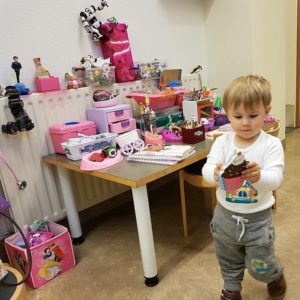
I have had a few workshops with kids where I bring all sorts of garbage, broken toys, beads, jewelry and all sorts. Be sure to have tools, glue and such but keep it under supervision so they don’t go crazy with those chemicals. I have made a lot of mirrors with kids. It’s something that is easy to glue on and make look pretty almost regardless what you do. Mirrors can be found in abundance in charity shops. Just make sure before they start that you have a plan on how to hang it up, because they will want to display their art. Glue for mirrors can be bought at hardware stores, super glue will also work, but is more expensive. Making key chains and jewellery is also easy. The main thing here is to let the kids lead the way and help them achieve their goal.
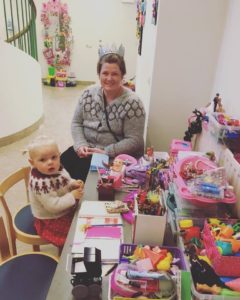
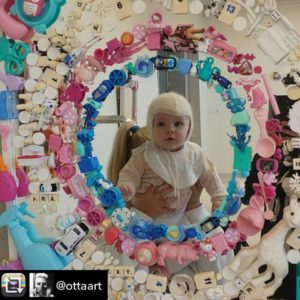
Upcycling vs recycling
Upcycling (or creative reuse) is not the same as recycling (downcycling). So what is upcycling? To upcycle is to transform waste material into products that are used. Recycling takes an item and brakes it down, extracting useful materials from it and creating something from scratch. By upcycling you prevent wasting useful materials by making use of existing ones, reducing consumption of new raw material. This results in reduction of energy used, air and water pollution and greenhouse gas emissions. Thereby making the world cleaner and healthier.
The process of upcycling takes a lot less energy and is much more environmentally friendly than downcycling. Upcycling in short, gives items more value, whereas recycling breaks things down and then makes new things of lesser value. A simple example is a newspaper. You can upcycle a newspaper into wrapping paper, thereby avoiding having to buy wrapping paper, reducing the demand for it which should lead to less being made. You could also recycle the paper which means shipping it to a recycling station and then making new paper or cardboard from it. Recycling takes energy, time and money whereas upcycling saves you all those things. Another example is secondhand clothing which can easily be reused, sometimes by fixing or altering slightly.
Upcycling or being thrifty
People in developing countries have effectively been upcycling for years, using old packaging and clothing in new ways, although more out of need than for the environment. But upcycling is now taking off in other countries, reflecting an increased interest in eco-friendly and locally sourced products.
The key to upcycling
The key thing is to see everything you don’t use, need or have to throw away as valuable material that can be put to use in some way. And if you don’t need it, try to find someone who does. There are plenty of local Facebook groups where you can advertise raw materials to give away. Let your imagination run wild and always stop to think before you throw anything away.
